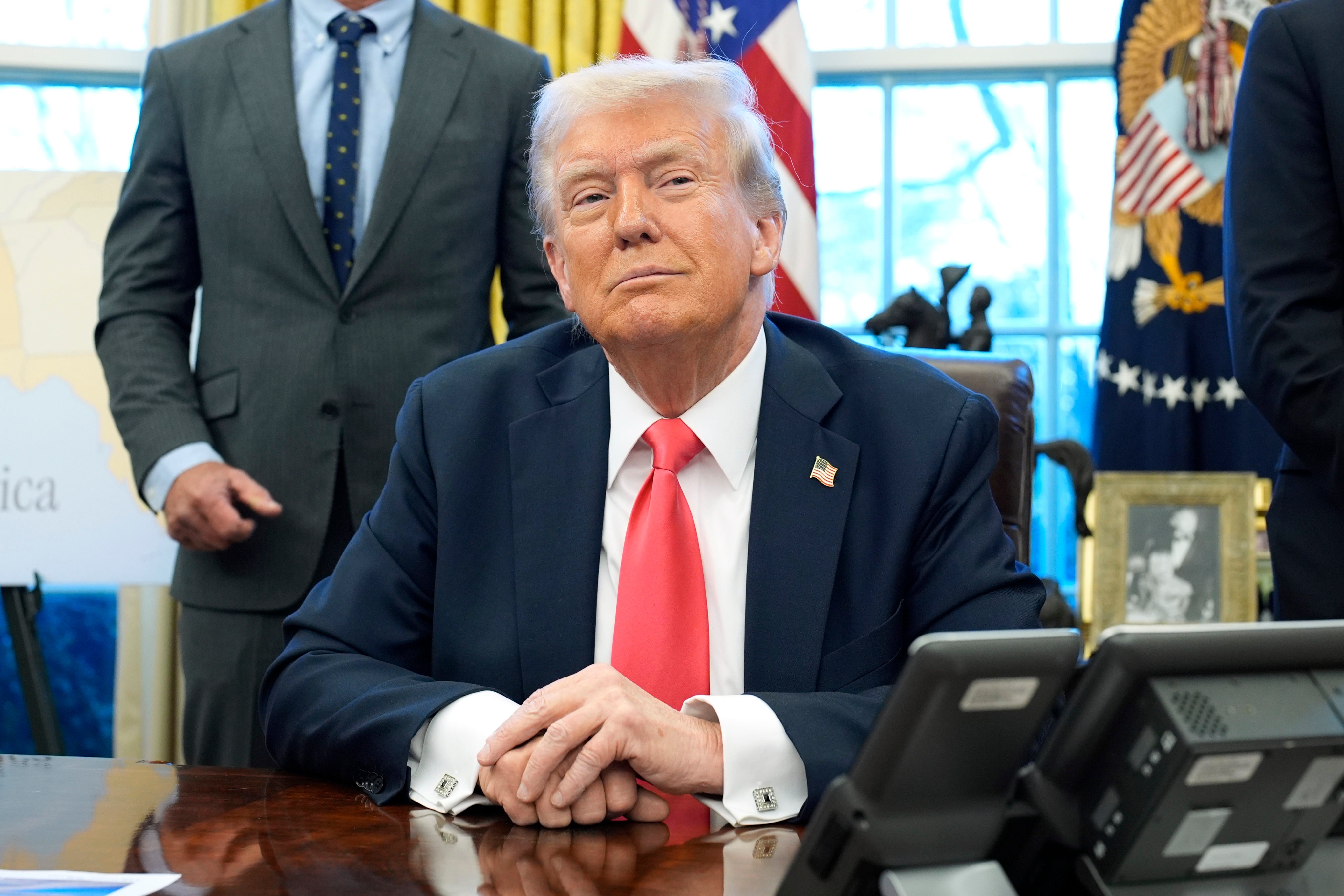How Trump’s Iran strikes doomed his North Korea strategy
Trump, who sold himself as the answer to deadlock on the Korean peninsula, has sabotaged his chances of a breakthrough by attacking Iran

Barely five months into his second term, US President Donald Trump’s “spectacular military success” in striking Iranian nuclear facilities reveals a stark contradiction at the heart of his foreign policy approach. While the US leader campaigned on ending wars through negotiation, his swift pivot from diplomacy to destruction in Iran carries profound implications for the decades-long nuclear stand-off with North Korea.
The weekend strikes against three Iranian nuclear facilities, which Trump threatened would be followed by attacks on more targets if Tehran did not comply, are not just another military intervention in the Middle East. They constitute a dangerous precedent that fundamentally undermines any prospect of meaningful diplomacy with adversaries, including Pyongyang.
North Korea was quick to condemn the US attack against its diplomatic ally. It said the strikes violated the UN Charter “and violently trampled down the territorial integrity and security interests of a sovereign state”.
Trump announced on Monday night that a ceasefire was brokered with Iran after the latter launched missiles at the Al Udeid US military base in Qatar. However, it is unclear whether Iran and Israel will adhere to a prolonged cessation of hostilities.
Despite Trump and North Korean leader Kim Jong-un holding summits in Singapore and Vietnam, the strikes in Iran are likely to confirm one of Pyongyang’s greatest fears: diplomatic engagement with the United States can quickly turn into military devastation. Even if a US president expresses interest in diplomacy, this doesn’t mean they will remain committed to the process.
The talks with Iran are a case in point. Soon after resuming the presidency, Trump spoke of the need for diplomacy with Iran, sending his envoys to Oman to engage in multiple rounds of talks with their Iranian counterparts. At the same time, however, Trump threatened to bomb Iran if a diplomatic agreement was not reached within 60 days. While that might have sounded like Trump’s typical approach of bluffing with bellicose rhetoric, this time it was anything but.
This sequence of events will not be lost on Kim, who will recall Trump’s previous threats of “fire and fury” during their 2017 verbal stand-off. While those threats ultimately gave way to diplomacy, the current strikes against Iran suggest Trump’s patience for drawn-out negotiations has dramatically shortened in his second term.
The abrupt switch from months-long diplomatic negotiations to multiple missile strikes will have set off alarm bells in Pyongyang, particularly given Trump’s repeated emphasis during his presidential campaign on his close ties with Kim and interest in resuming talks with North Korea.
The path back to meaningful US-North Korea dialogue was already treacherous before Trump’s Iran intervention. The collapse of the 2019 Trump-Kim summit in Hanoi – where Trump walked away from negotiations after demanding complete denuclearisation without offering substantive concessions – shattered whatever trust had been built between the two sides. Kim’s regime made it clear it had no interest in resuming talks based on US demands for denuclearisation, a position that has only hardened over time.
Four years of the Biden administration did little to repair this damage. Focused on other global crises and faced with continued North Korean provocations, Joe Biden effectively ignored Pyongyang, allowing relations to deteriorate further while North Korea declared South Korea its greatest enemy and rapidly modernised its military capabilities with Russian assistance.
Now, with trust already at rock bottom, Trump’s Iran strikes have likely eliminated any remaining possibility of diplomatic progress. Why would Kim risk entering negotiations with a president who has demonstrated his willingness to launch devastating military strikes when diplomacy stalls?
While Trump could express verbal commitment to peace in Korea and publicly tout his relationship with Kim, he could just as easily threaten to go into North Korea to destroy its nuclear facilities if a deal isn’t reached.
This would be far from wise, however, given North Korea’s status as a nuclear power. While Iran was allegedly in the process of pursuing nuclear weapons, North Korea has had the bomb for nearly two decades. Strikes against North Korean nuclear facilities would do little to change this fact. On the contrary, such a US attack could lead to all-out war in the region.
Not only does North Korea have the backing of both China and Russia through mutual defence agreements, it possesses its own formidable military capabilities which are far greater than that of Iran. In other words, the threat the US faces from North Korea is much larger than anything it could expect from Tehran.

Given the major risks involved with such potential strikes, the Trump administration is unlikely to take an Iran-style approach when it comes to North Korea. Nevertheless, this doesn’t change the fact that the US strikes against Iran will have fundamentally changed how Kim moves forward in terms of diplomacy with Washington.
Trump’s missiles might have achieved tactical success in Iran, but its strategic cost may be measured in the loss of an opportunity to achieve lasting peace on the Korean peninsula in his second term.
For Kim, the lesson is clear: nuclear weapons are not a bargaining chip to be surrendered through negotiation. Instead, they are the only guarantee against a fate similar to what befell Iran, Iraq, Afghanistan and other non-nuclear states attacked by the US. Kim is thus unlikely to agree to any talks proposed by the US premised on any demands for complete denuclearisation.
With these strikes against Iran, the president who put himself forward as the answer to decades of deadlock with North Korea could have inadvertently ensured that such deadlock will define his legacy.